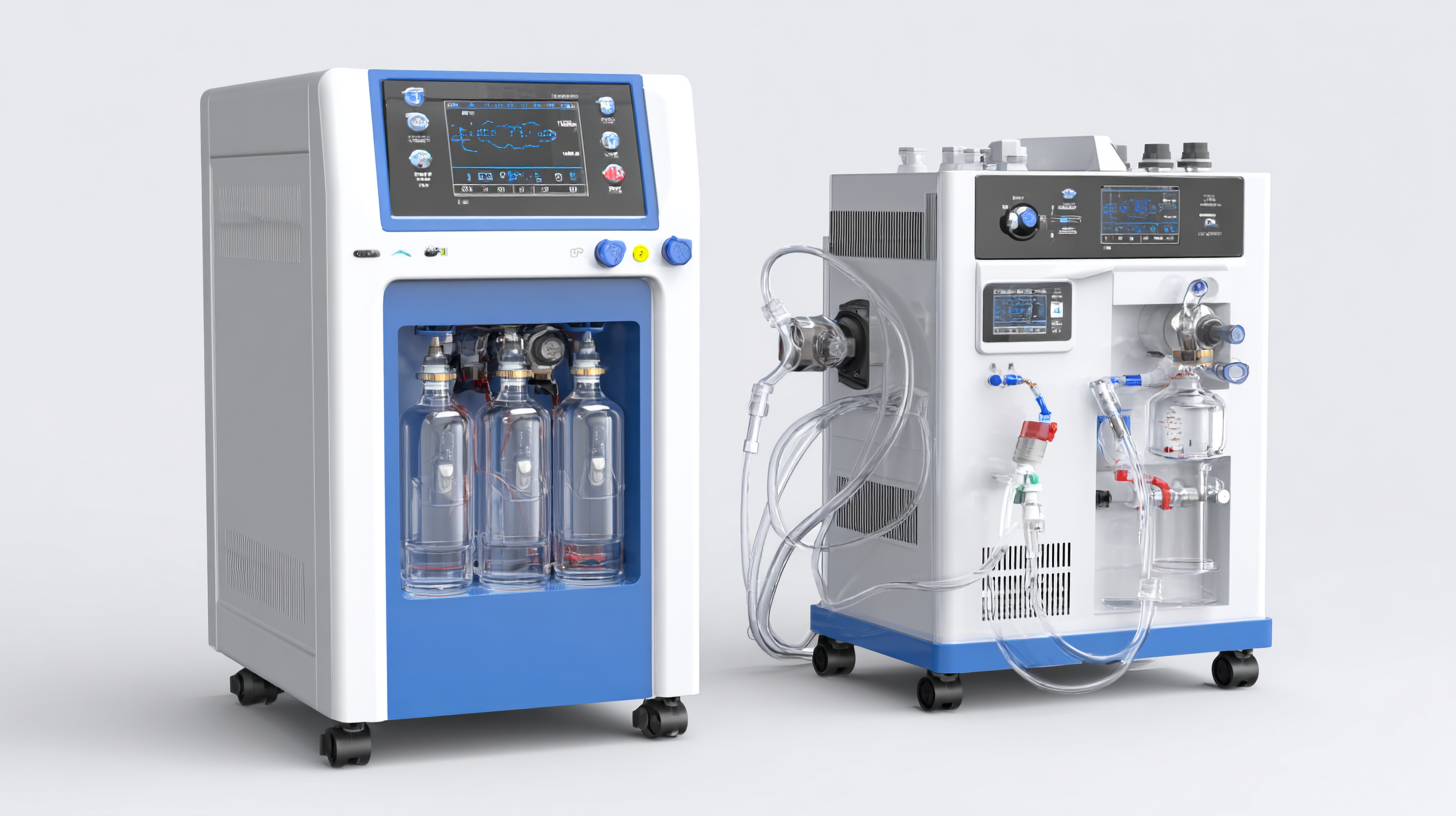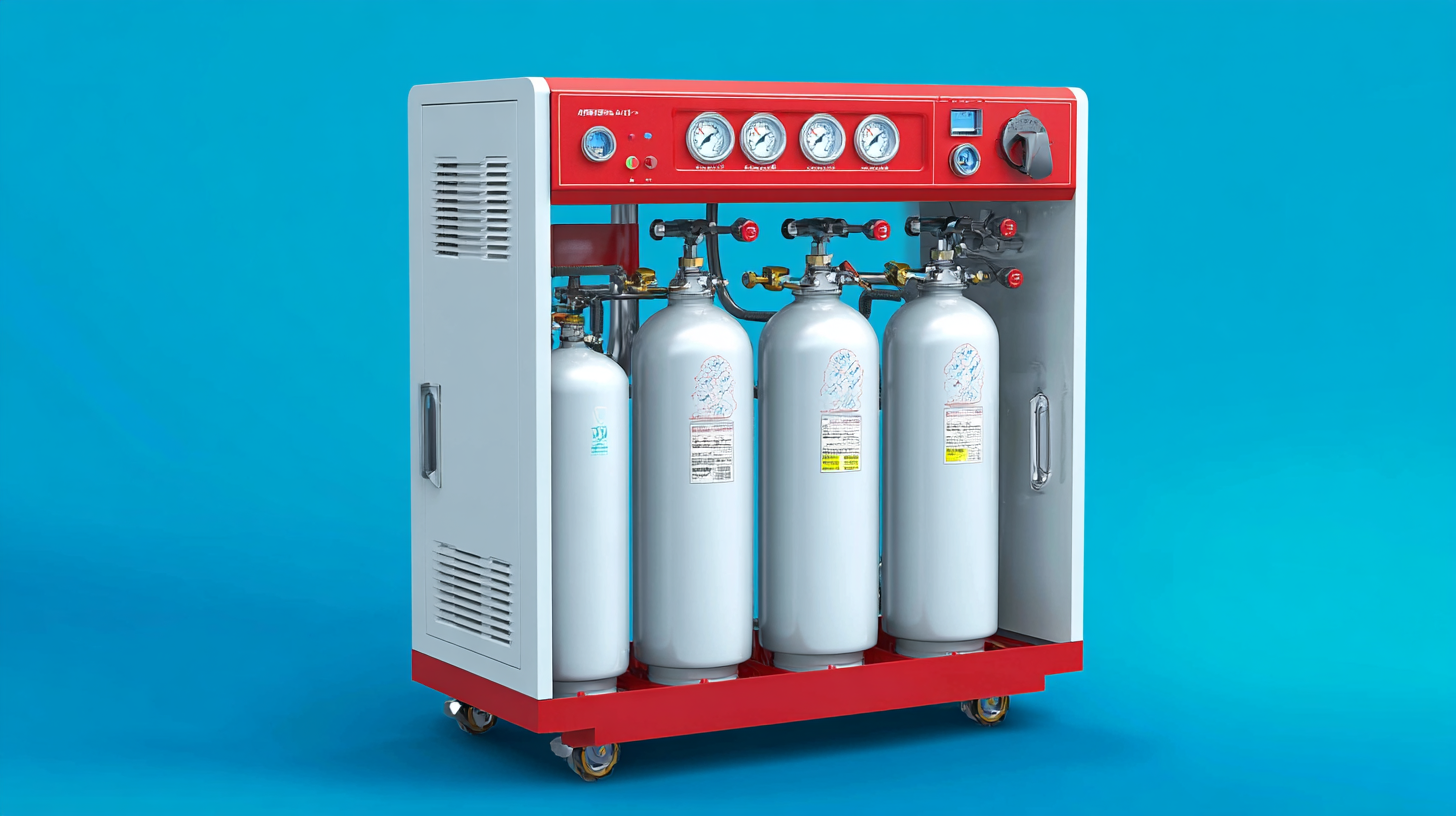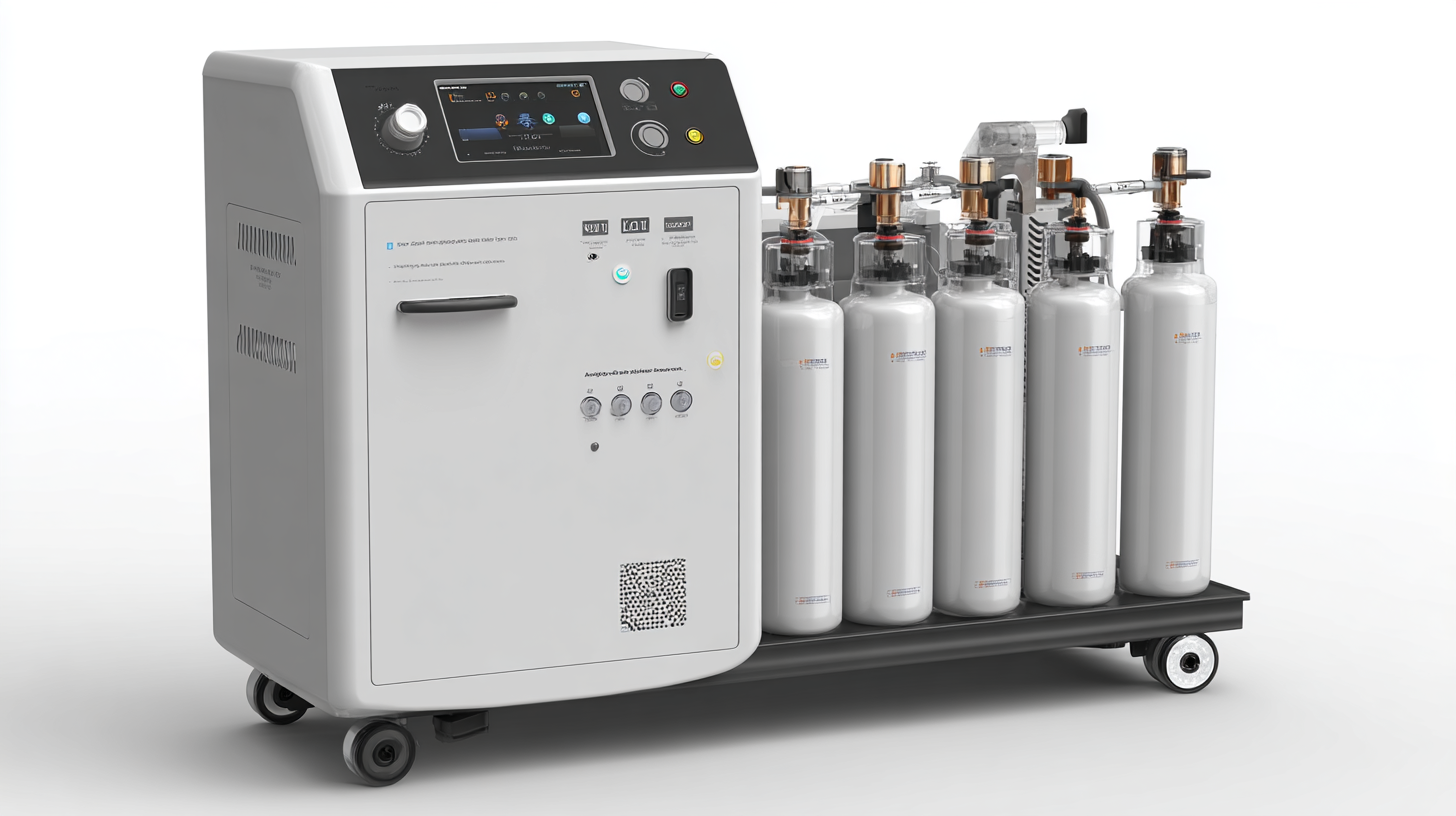
-
Home
-
About us
-
Products
-
Solutions
-
News
-
Blog
-
Contact us
Leave Your Message

In today's fast-paced world, ensuring adequate oxygen supply for both medical and personal use has become increasingly vital. This is where the Automatic Oxygen Machine comes into play, designed to meet diverse needs with precision and reliability. Whether for individuals with chronic respiratory conditions, athletes seeking improved performance, or those in high-altitude environments, understanding the specifications and functionality of these machines is essential.

In this blog, we will explore different types of Automatic Oxygen Machines, highlighting their unique features and suitable applications. By unlocking their potential, users can make informed decisions tailored to their specific requirements, ensuring optimal oxygen delivery and enhancing overall well-being.
Join us as we delve into the specifications, usage guidelines, and the diverse range of benefits that these innovative devices offer.
When it comes to choosing the best automatic oxygen machines, understanding their features is essential for both healthcare professionals and patients. According to a market research report by Grand View Research, the global oxygen concentrator market is expected to reach USD 3.7 billion by 2025, reflecting a growing demand for portable and reliable oxygen delivery systems. Top models offer features like variable flow rates, which can be crucial for tailoring oxygen delivery to individual needs. Machines with adjustable flow settings allow users to customize their oxygen intake, ensuring compliance with prescribed therapy.
 Moreover, the integration of advanced technology has significantly enhanced the usability of automatic oxygen machines. For instance, many of the best models now come equipped with intelligent monitoring systems that can alert users to low oxygen levels or malfunctions. A report from Research and Markets highlighted that devices with built-in alarms and digital displays provide users with real-time data, promoting better health outcomes. Additionally, lightweight and compact designs have made these machines more accessible for users who require mobility, aligning with the increasing trend towards home healthcare solutions, projected to grow at a CAGR of over 8% from 2020 to 2027.
Moreover, the integration of advanced technology has significantly enhanced the usability of automatic oxygen machines. For instance, many of the best models now come equipped with intelligent monitoring systems that can alert users to low oxygen levels or malfunctions. A report from Research and Markets highlighted that devices with built-in alarms and digital displays provide users with real-time data, promoting better health outcomes. Additionally, lightweight and compact designs have made these machines more accessible for users who require mobility, aligning with the increasing trend towards home healthcare solutions, projected to grow at a CAGR of over 8% from 2020 to 2027.
When selecting the best automatic oxygen machine, it's crucial to consider several key specifications that can significantly impact performance. One of the most important factors is the flow rate, typically measured in liters per minute (LPM). According to a recent industry report by the Global Oxygen Therapy Devices Market, machines that offer a range of 1-5 LPM cater to the bulk of patients, providing enough oxygen for those with varying levels of respiratory needs. Furthermore, ensuring that the device incorporates pulse dose technology can enhance efficiency by delivering oxygen only during the patient's inhalation, thus conserving extra supply.
Another critical specification is the purity level of the oxygen produced. High-quality machines should provide oxygen concentrations between 90% to 95% under standard operating conditions. This is vital as adequate oxygen purity ensures effective therapy for conditions like COPD and other chronic respiratory diseases, as highlighted in the Journal of Clinical Respiratory Medicine.
Tip: Always check for devices with alarms and monitoring systems to alert users of changes in oxygen levels or malfunctioning equipment, enhancing safety.
Additionally, consider portability features if the patient requires mobility. Many modern machines combine lightweight designs with rechargeable batteries, allowing for ease of use outside the home.
Tip: When evaluating portability, also assess the battery life and accessories included, such as carrying cases for enhanced mobility.
The use of automatic oxygen machines has gained tremendous traction in recent years due to their undeniable health benefits. These devices are designed to maintain optimal oxygen levels for users, particularly those with respiratory issues such as chronic obstructive pulmonary disease (COPD) and asthma. According to a report by the Global Oxygen Therapy Market, the sector is projected to grow significantly, reaching a valuation of over $32 billion by 2025. This growth underlines the increasing recognition of the importance of oxygen therapy in enhancing life quality and promoting better health outcomes.
One of the primary advantages of automatic oxygen machines is their ability to deliver continuous oxygen therapy efficiently. Studies reveal that maintaining proper oxygen saturation (between 92-96%) can significantly reduce hospital admissions for respiratory-related issues by up to 40%. Moreover, these machines often come equipped with advanced features such as adjustable flow rates and built-in alarms, ensuring that users receive personalized care tailored to their specific needs. This level of precision not only improves adherence to treatment but also empowers patients to manage their conditions effectively from the comfort of their homes.

Operating and maintaining an automatic oxygen machine is crucial for ensuring optimal performance and safety. One of the first tips to consider is the importance of regular cleaning. Dust and debris can accumulate, affecting the machine's efficiency. It is recommended to clean the external surfaces with a damp cloth and utilize a soft brush to remove particles from air intake areas. Additionally, always refer to the manufacturer's instructions for specific cleaning requirements, which may include changing filters at regular intervals.
Another critical aspect of maintenance involves monitoring the oxygen levels produced by the machine. Users should familiarize themselves with the desired oxygen saturation levels and ensure that the machine is calibrated correctly. Performing routine checks can help identify potential malfunctions early on, preventing any disruption in the availability of oxygen when it is needed most. Furthermore, keeping a log of usage hours can aid in timely servicing, ensuring that the machine remains in optimal condition. By following these practical tips, users can significantly extend the lifespan of their oxygen machines and enhance their overall efficiency.
The landscape of oxygen therapy is evolving rapidly, driven by technological advancements that promise to enhance patient care and ease of use. Automatic oxygen machines are at the forefront of these innovations, providing more precise and adjustable oxygen delivery mechanisms. This is particularly beneficial for patients with chronic respiratory conditions, ensuring they receive the exact amount of oxygen needed at any given time. With features like smart monitoring and automated adjustments, these devices minimize manual intervention, promoting a more seamless experience for users.
Tips for choosing the right automatic oxygen machine include considering portability and battery life. For those who lead active lifestyles, a lightweight design with a long-lasting battery is essential. Additionally, look for machines equipped with alarms and alerts to notify users of any changes in oxygen levels or potential malfunctions. This added layer of security allows for peace of mind, knowing that the device is constantly monitoring your needs.
Lastly, always check for compatibility with other medical devices or accessories you may need. Ensure that the automatic oxygen machine can integrate easily with nebulizers or other equipment to streamline your respiratory care routine. By leveraging these advanced technologies, patients can unlock their potential for enhanced breathing support and a better quality of life.